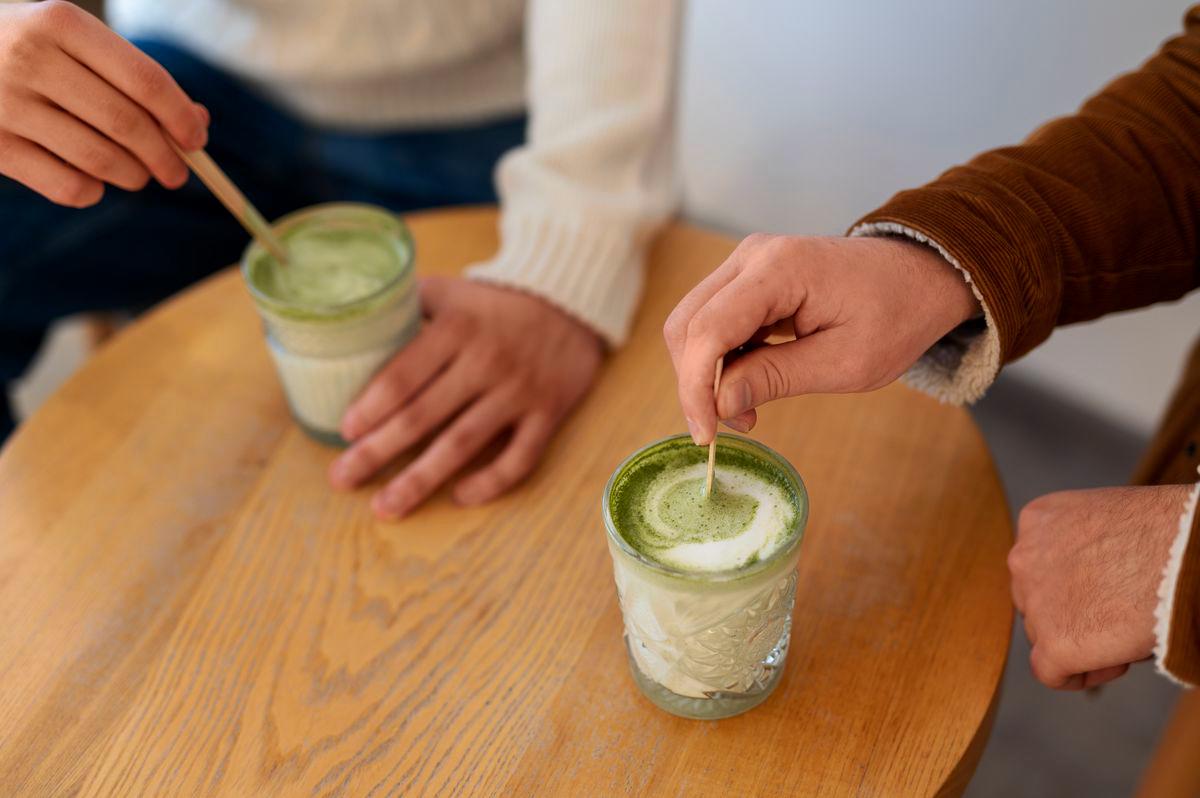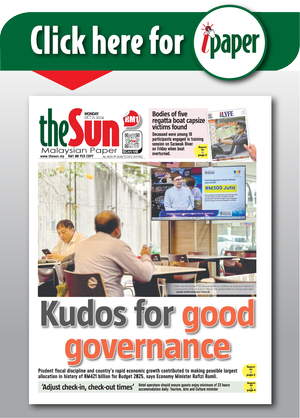KUALA LUMPUR: Matcha latte, the soft green-hued beverage made from finely ground Japanese green tea powder and combined with milk, is gaining popularity among café enthusiasts.
Its photogenic presentation has made it a hit on social media and its association with an active and “healthier” lifestyle makes it appear to be a better choice than coffee.
But how beneficial is this beverage from the Land of the Rising Sun for your health?
Dietitian at Sultan Abdul Aziz Shah Hospital Universiti Putra Malaysia, Nur Adilah Muhammadun Basar, said while the finely ground powder made from high-quality green tea leaves contains plenty of antioxidants and can help enhance focus, its effects still depend on the method of preparation and the amount consumed.
“Matcha is indeed richer in antioxidants compared to regular green tea. But when it’s made into a latte with sweetened milk, syrup and whipped cream topping, its health benefits can be reduced, and it may even encourage unhealthy eating habits and higher calorie intake,” she told Bernama.
She said a glass of latte without added sweeteners contains about 90 to 200 calories depending on the type of milk used, but this can spike to 400 calories, equivalent to roughly 1.5 bowls of white rice, if it is loaded with syrup and sugar-laden caramel drizzle.
Frequent consumption may lead to health issues such as obesity, diabetes, heart problems and fatigue, which go against the very benefits that matcha is supposed to offer, such as increased energy and mental focus, and support for the immune and metabolic systems.
Nur Adilah also pointed out that a cup of matcha latte is estimated to contain more than twice the caffeine content of regular green tea, reaching up to 70 milligrammes (mg), since it is made from finely powdered tea leaves that are fully consumed. However, it still contains less caffeine than coffee (120mg).
What makes it different is the unique combination of the natural ingredients, L-theanine and caffeine, in matcha, which produces a more stable and calming effect, making it a suitable option for those who want to stay focused without the jitters or post-caffeine crash some people experience after drinking coffee.
“The type of milk used (in matcha latte) also plays a role. Cow’s milk, for instance, can interfere with the absorption of matcha’s antioxidants, compared to plant-based milks like soy, oat or almond, which are more matcha-friendly,” she added.
Agreeing with this, senior lecturer at the Faculty of Hotel and Tourism Management, Universiti Teknologi MARA (UiTM), Dr Mohd Hairi Jalis said the use of sugary syrups and additional flavourings like vanilla and caramel not only drowns out the benefits but can also ruin the original taste of matcha.
“Authentic matcha (especially high-grade ones) has its own unique identity — a subtle umami taste, slightly bitter but refreshing, with a naturally earthy aroma.
“But we live in Malaysia and our palates tend to favour sweetness, especially for those used to beverages like teh tarik, green tea frappé and boba desserts. So cafés and baristas need to be creative in combining authenticity with Malaysians’ sweet taste preferences,” he said.
When it comes to combining and selecting milk, Mohd Hairi noted that oat milk is a popular choice for matcha due to its natural sweetness and texture that closely resembles cow’s milk. It also doesn’t overpower the taste of matcha and makes it easier to create latte ‘art foam’, resulting in a more visually appealing presentation.
Mohd Hairi, who is from UiTM’s Department of Gastronomy and Culinary Arts, also said the main challenge in preparing the beverage lies in ensuring the taste is not too bitter or flat, which depends on the quality of the matcha powder and proper mixing techniques.
“The ideal temperature of the water used must be between 70°C and 80°C, and the milk should not be too hot to preserve its natural sweetness. It’s best to use a bamboo whisk (chasen) to achieve a smooth mixture without clumps,” he added. - Bernama









